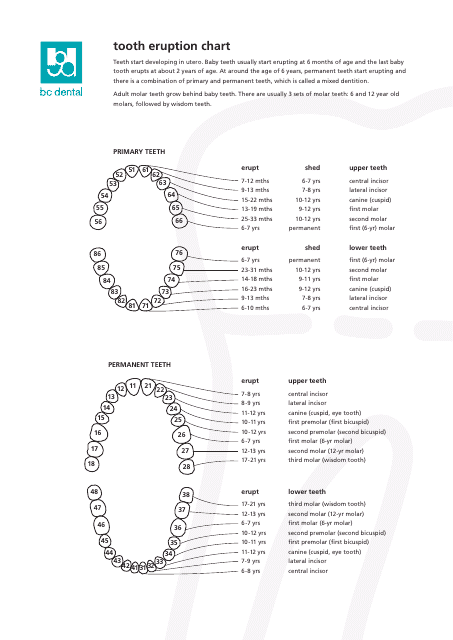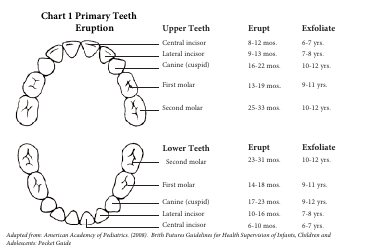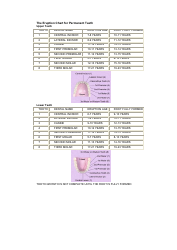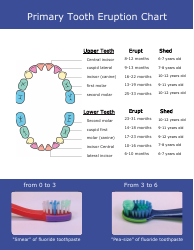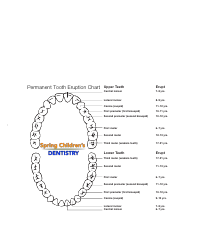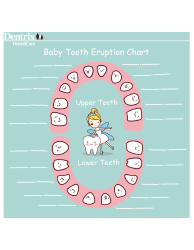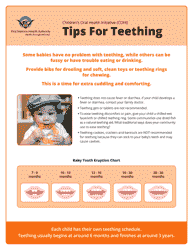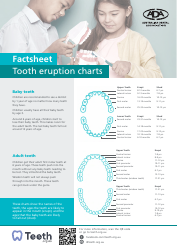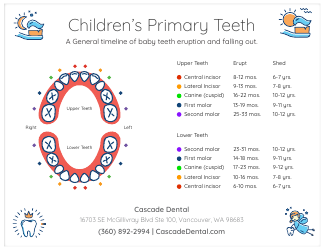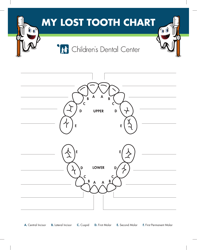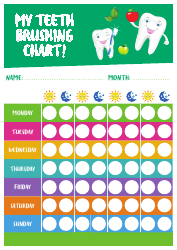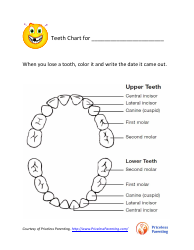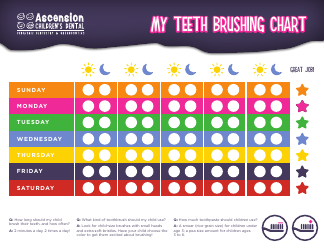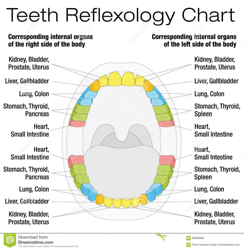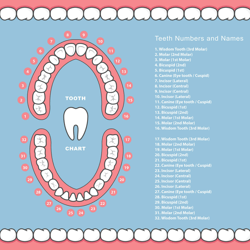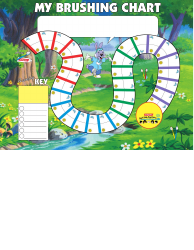Tooth Eruption Chart - Bc Dental
The Tooth Eruption Chart is used by dental professionals to track the growth and development of a person's teeth. It helps determine when specific teeth are expected to erupt or come into the mouth.
The Tooth Eruption Chart is typically maintained by dental professionals such as dentists or orthodontists. It is not specifically filed by any particular organization like BC Dental.
FAQ
Q: What is a tooth eruption chart?
A: A tooth eruption chart is a visual guide that shows the order in which baby and permanent teeth typically come in.
Q: Why is a tooth eruption chart useful?
A: A tooth eruption chart is useful because it helps parents and dentists track the progress of a child's tooth development.
Q: When do baby teeth start to come in?
A: Baby teeth typically start to come in around 6 to 10 months of age.
Q: When do permanent teeth start to come in?
A: Permanent teeth generally start to come in around the age of 6 or 7.
Q: What is the order of tooth eruption in the front of the mouth?
A: In the front of the mouth, the lower central incisors (bottom front teeth) typically come in first, followed by the upper central incisors (top front teeth).
Q: What is the order of tooth eruption in the back of the mouth?
A: In the back of the mouth, the first molars usually erupt before the canines (or cuspids).
Q: How long does it take for all the baby teeth to come in?
A: It usually takes about 2 to 3 years for all the baby teeth to come in.
Q: How long does it take for all the permanent teeth to come in?
A: The process of permanent teeth eruption can take several years, with the full set of adult teeth typically appearing by the late teens or early twenties.
Q: What should parents do if their child's teeth are not following the typical eruption pattern?
A: If a child's teeth are not following the typical eruption pattern, it is recommended to consult a dentist for further evaluation.
